Product Description
N-GUARD is a Neemlimonoids and Neem bitters based formulation which helps
maximize the Nitrogen Use Efficiency of nitrogenous fertilizers like Urea, while
minimizing the loss of Nitrogen by virtually eliminating the risk of volatility, nitrification
and leaching. The Epinimbin in N-GUARD has maximum nitrification inhibition
potency followed by Desacetylnimbin, Salannin, Desacetylsalannin, Azadirachtin
and Nimbin.
Advantages of using N-GUARD:
-
It helps to increase the fertilizer use efficiency (FUE) of nitrogenous fertilizers.
-
It reduces the nitrification rate by curbing the activity of nitrifying bacteria
such as Nitrosomonas and Nitrobacter, which ensures controlled release and
continuous availability of Nitrogen to the crop during the critical stages of growth.
-
It helps to reduce the loss of Nitrogen through ammonia volatilization, nitrate
leaching and other similar processes.
-
It helps plants increase their Nitrogen uptake.
-
It helps to control soil borne insect-pests and nematodes.
-
It increases crop yield.
A large percentage of the Nitrogen in nitrogenous fertilizers such as Urea is lost due
to the action of nitrifying bacteria and ammonification This leads to low fertilizer use
efficiency and also proves to be an environmental hazard because of nitrate leaching.
What happens to Nitrogen post-application ?
When Urea is applied to the soil only approximately 33% is actually utilized by the
plant. After application to soil, Urea hydrolyses rapidly to Ammonium Carbonate. This
Ammonical form of Nitrogen is subsequently converted to Nitrite (NO2)and then to
Nitrate(NO3) by the action of nitrifying bacteria viz. Nitrosomonas and Nitrobacter
respectively. The processes of hydrolysis and nitrification of Urea fertilizer is, to a large
extent, completed in about 15-20 days under most conducive agro-climatic conditions.
Since the duration of most cultivated crops extends beyond 90-100 days, nitrates formed
as a result of the relatively rapid hydrolysis and nitrification of Urea, being highly soluble,
and in excess of the limited quantities required by the crops at their early stages of growth,
are liable to be leached beyond the active root zone of crops.
Therefore, apart from being directly responsible for a huge monetary loss, it is also an
underground environmental hazard through nitrate leaching and ammonification. This
gives rise to ground water contamination which poses a serious threat to the environment
and human health. This problem can be considerably alleviated by treating such
nitrogenous fertilizers with N-GUARD.
In order to ensure continuous and optimal supply of Nitrogen to match the requirements
of crops at different stages of growth it is necessary to regulate the Nitrogen supply to crops
by slowing down the rate of hydrolysis or nitrification or both.
Active Ingredient:
Neemlimomoids
Average increase in yield:
Rice 9.6% Wheat 6.9%
Potato 10.5% Sugarcane 15.5%
Cotton 10.3% Finger Millet 5.3%
Other crops also show an increase in yield due to use of Neem along with urea.
Source: Neem Research and Development
The antibacterial properties of Neem have been found to help nitrification inhibition. In this
context, the significance of Neem in increasing fertilizer Nitrogen efficiency has been studied
extensively. Results of the effect of Neem coating or blending of prilled Urea are available from
a large number of experiments on several crops. Experiments on rice, in which losses of
nitrogen are reported to be the most, reveal that the increase in rice yield due to Neem coating
/blending of prilled urea ranged from 0.9% to 54.2%.
Through our partners we can also offer the following N-GUARD COATED products:
Mixing methods and Dosage:
Liquid Fertilizers:
N-GUARD can be mixed with liquid fertilizers such as Aqua Ammonia or other liquid
ammonical or Urea Nitrogen composition. To make a stable emulsion, N-GUARD should
be added to liquid fertilizer with constant agitation. Apply the mixture to the field as normal.
500ml – 1 litre / acre
Granular Ammonium and Urea:
N-GUARD can be coated on most dry ammonical fertilizers or blends containing
ammonical fertilizers, by mixing in a closed rotary drum mixer. Apply this N-GUARD
coated fertilizer in the field as normal.
1 l /125 kg Urea OR 8 l/MT Urea.
Tank Mixing:
N-GUARD may be applied in tank mixtures. The mix can be in water or most Urea,
Ammonium Nitrate & NPK solutions, slurries or suspensions. Check the compatibility
of the mixture as indicated below. Maintain constant agitation during both, mixing and
application to ensure uniformity of the spray mixture. In case facility is not
available; we can provide an emulsifier to facilitate N-GUARD solubility.
500ml – 1 litre / acre
Packaging:
1000 litre tank
200 litre barrel
5 litre carboy
1 litre plastic bottle
500 ml. plastic bottle
Storage:
Store in a cool, dry place away from direct sunlight.
Shelf life:
2 years
Compatibility Test:
To test the compatibility of N-Guard with liquid fertilizer and/or herbicide mix, add a
proportionate amount of each ingredient to a small jar. Close the jar, shake and let the
mixture stand for 15 to 20 minutes. Formation of precipitates or layers that do not readily
re-disperse indicates incompatibility and should not be used.

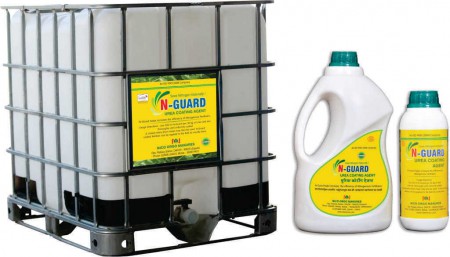






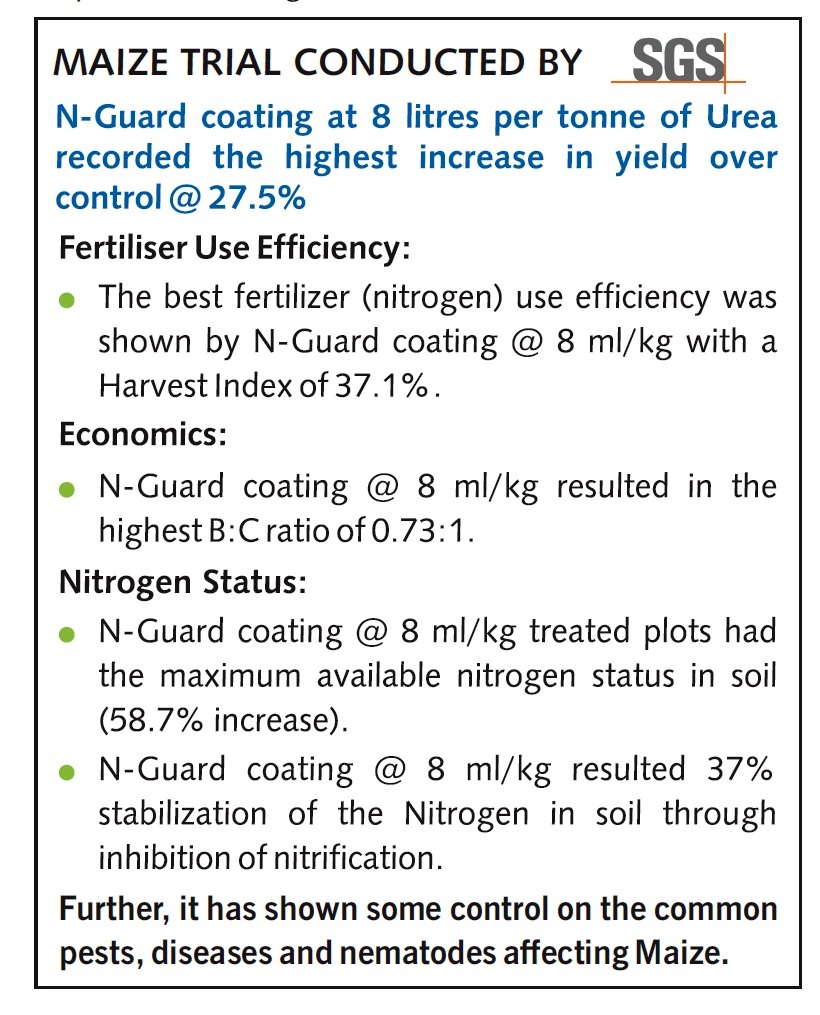
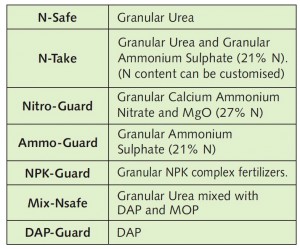
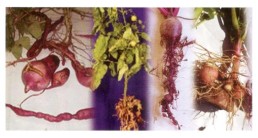
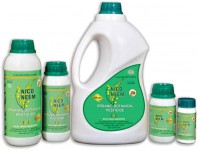
Reviews
There are no reviews yet.